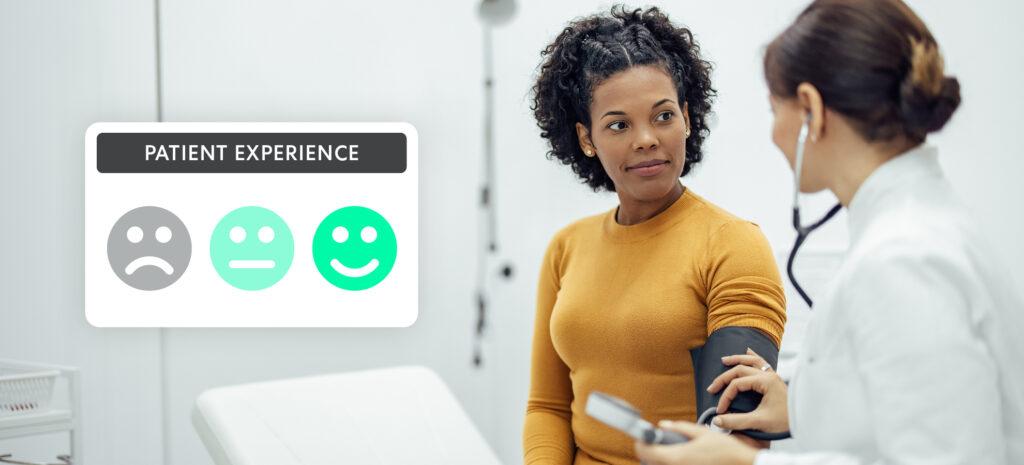Poor patient recruitment and retention in clinical trials is an expensive problem, costing up to several million dollars per every day of a study delayed due to patient dropout rates. Retention – the strategy and tactics designed to keep participants from discontinuing participation and dropping out – keeps a study on track and saves time, costs, and resources. What are some patient retention strategies that clinical trial teams can use to increase their chance for success?
What are patient retention strategies?
A successful participant retention strategy involves:
- Treating the test participant with care and respect
- Being considerate and understanding of the study participant’s time and availability
- Recognizing and overcoming barriers to retention promptly
Increasingly, these basic tenets are viewed as table stakes in a world where patients’ time is scarce and trial sponsors are challenged to prove value, even as timelines become more demanding and resources are spread thin. As a result, pharmaceutical and medical device companies are doubling down on their promises of patient centricity, or prioritizing patient needs as a central part of trial design.
3 ways to improve patient retention
What steps can trial sponsors take to increase participant retention? There are several ways to ensure trial participants are prioritized during the trial design and execution. Here are three strategies trial teams can adopt to improve patient retention in clinical trials.
Establish a patient-centric culture.
Good retention rates begin with a patient-centric culture that abandons more traditional notions of a provider-driven, disease-focused approach in favor of a system that ensures patient needs and experiences are integrated into every process.
This is still new territory for many trial sponsors. Before the pandemic, just 47% of patients said they felt pharmaceutical companies understood their emotional, financial, and other needs related to their condition, and only a third reported interacting with a pharmaceutical company regularly. But in a patient-centric model, patients are empowered to meet their health goals by partnering with drug manufacturers and are involved from the early stages of drug development through post-market monitoring. Patient-centricity can even extend to how patients are recruited for clinical trials, with trial teams targeting the appropriate populations for a better response and enrollment rate.
Incorporate patient input from trial design through execution and completion.
The US FDA has issued guidelines to encourage patient-focused drug development (PFDD). This guidance walks companies through four primary components of bringing patients into the trial process early on, which should result in trials more representative of large patient populations and more successful overall.
Appropriate, compassionate communication with trial participants can go a long way toward preventing dropouts. Study staff can also be trained to anticipate problems or warning signs, including:
- Not picking up calls or sending calls directly to voice mails
- Missing clinic visits
- Not returning calls or responding to physical mail
- Increasing numbers of complaints about site visits or other aspects of the trial
When life science organizations solicit patient feedback on everything from trial design to patient education materials, they can ensure they are taking the patient perspective into consideration. Trial teams should also plan to gather patient input after different trial phases or upon completion of participation – understanding any barriers that patients felt during their clinical trial participation can inform future successful studies.
Use technology that increases patient convenience and eliminates other common roadblocks.
Patients drop out of trials for many reasons, including inconvenience, perceived lack of value, waning interest, or even fear. Trial sponsors can ease or eliminate some of these issues by leveraging technology that makes participation easier for patients, including health apps or other virtual communication tools. An insights management platform works for both patients and life science companies by offering a more secure, private way for patients to discuss potentially sensitive medical information. This technology protects patients and ensures compliance on the sponsor’s side.
Learn more about how to effectively engage patients using an insights management platform in our best practice guide.







